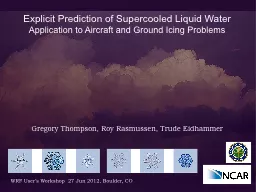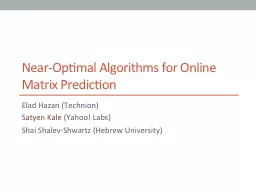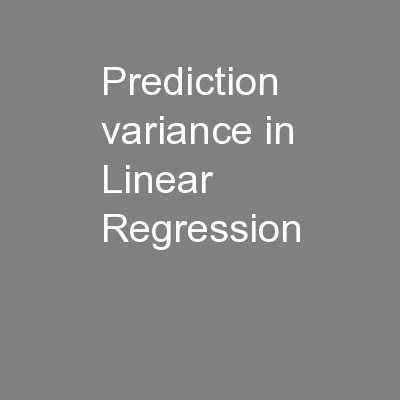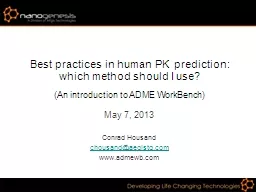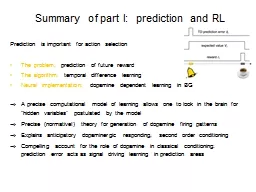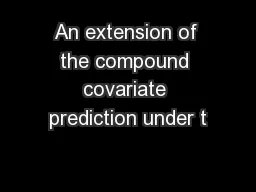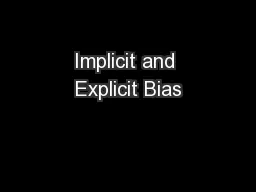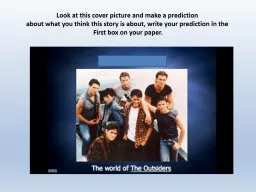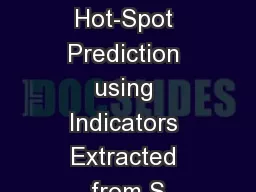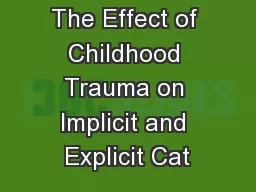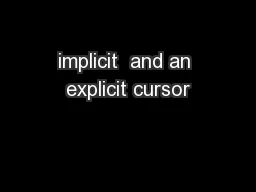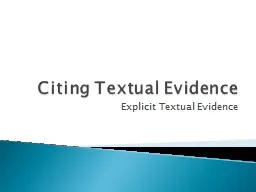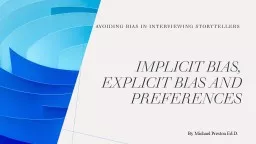PPT-Explicit Prediction of
Author : celsa-spraggs | Published Date : 2016-07-23
Supercooled Liquid Water Application to Aircraft and Ground Icing Problems Gregory Thompson Roy Rasmussen Trude Eidhammer WRF Users Workshop 27 Jun 2012 Boulder
Presentation Embed Code
Download Presentation
Download Presentation The PPT/PDF document "Explicit Prediction of" is the property of its rightful owner. Permission is granted to download and print the materials on this website for personal, non-commercial use only, and to display it on your personal computer provided you do not modify the materials and that you retain all copyright notices contained in the materials. By downloading content from our website, you accept the terms of this agreement.
Explicit Prediction of: Transcript
Download Rules Of Document
"Explicit Prediction of"The content belongs to its owner. You may download and print it for personal use, without modification, and keep all copyright notices. By downloading, you agree to these terms.
Related Documents

